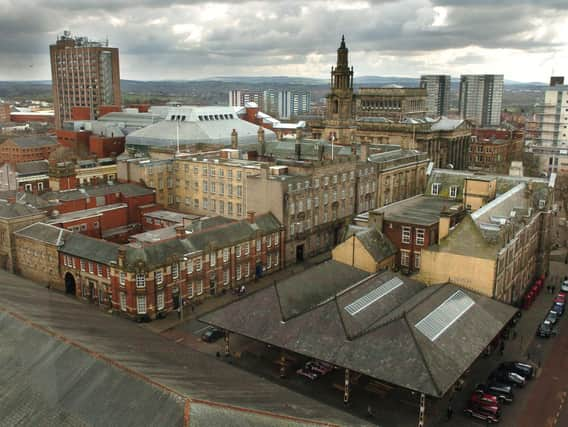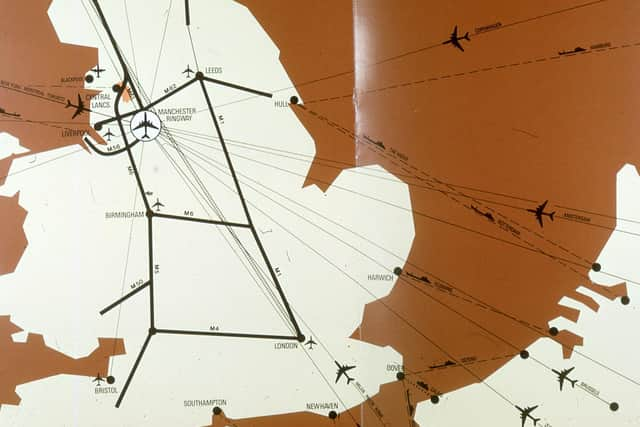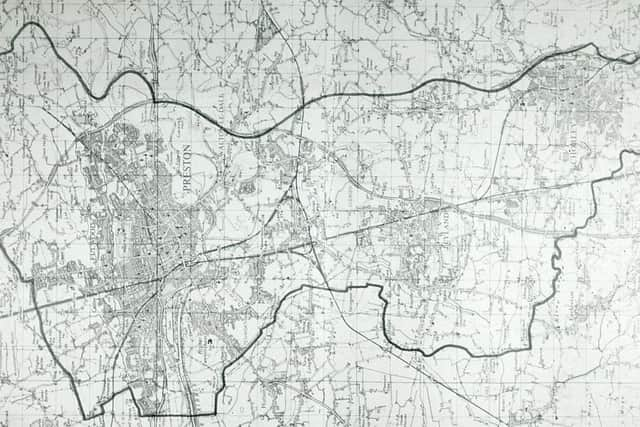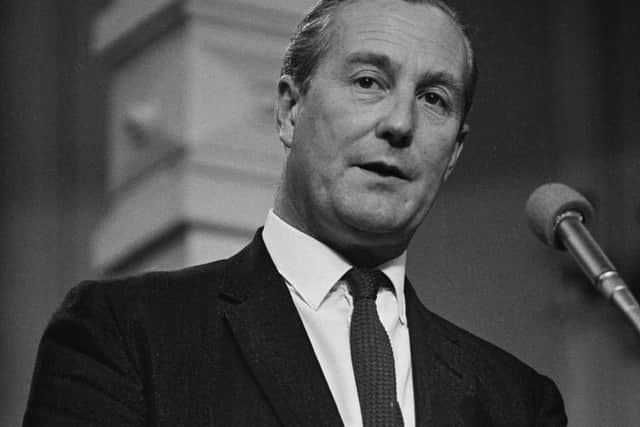How Preston was nearly renamed Redrose


Fifty years ago, Lancashire received the exciting news that a new ‘super-city’ worth £500m would be developed.
On March 26, 1970, the Minister for Housing, Anthony Greenwood, announced the county would experience regeneration to public buildings, the infrastructure which linked towns together and public transport.
Advertisement
Hide AdAdvertisement
Hide AdBefore issuing the designation order required to set the project in motion to Parliament during Easter of 1970, Greenwood said: “The purposes of the new town are to create a strong new centre of growth in Lancashire.


“The county was one of the forerunners in the first industrial revolution and the Government intends that it should be a front runner in the new technological age.
“I am confident that all these inter-related measures (new developments) will bring a new vitality to the North West. Together they present the people of this part of Lancashire with a challenging future and one full of promise.”
The project was named the Central Lancashire New Town. In 1973, the Central Lancashire Development Corporation laid out a plan that outlined a revised figure of £900m. This would go towards 72,000 new homes and new facilities such as watersports and equestrianism in Ribble Valley and Lostock, however, Preston, Leyland and Chorley would be prioritised.
Advertisement
Hide AdAdvertisement
Hide AdThe building of houses and new facilities was intended to provide jobs and entertainment for local residents, while new transport links would make it easier to utilise these facilities.


Central Lancashire was part of the third wave of ‘new towns’ in Britain between 1967 to 1970. There had been two previous generations of ‘new towns’, the first wave lasted from 1946 to 1955 and this period saw the development, most famously, of Welwyn Garden City in Hertfordshire in 1948.
The second generation came between 1961 to 1966, this included Skelmersdale and Runcorn. The key aim for each generation was to sustain population overspills from major cities. The Central Lancashire New Town would help deal with people branching out from Manchester.
In 1967, Greenwood, a Lancashire MP at the time, had also granted permission for Milton Keynes to transform what were villages and farmlands into a town which now boasts more than 10,000 businesses. The key areas which were to benefit from the Central Lancashire project were Preston, Leyland and Chorley, as well as other surrounding areas within the planned 35,225 acre zone.
Advertisement
Hide AdAdvertisement
Hide AdIn 1969, the new Preston Bus station was opened and became the largest bus station in the UK . Although its opening preceded the designation of Central Lancashire as a ‘new town’, the station provided a contribution to the town’s regeneration and helped with public travel to future planned developments.


The magistrates court and library in Leyland were designed and built by the Lancashire County Council Architects’ Department in 1970 as a product of the ‘new town’. Its construction was coordinated with transportation access in the area.
The Cuerden Pavilion was completed in 1971, adjacent to Cuerden Hall, to accommodate the Central Lancashire Development Corporation which was responsible for each new development that was part of the project.
Preston’s Guild Hall and Charter Theatre, which played host to stars such as David Bowie and Queen as well as the UK Championships in Snooker, was a product of the ‘new-town’ project when it opened in 1973.
Advertisement
Hide AdAdvertisement
Hide AdThe project was named the Central Lancashire New Town. However, when the ‘super-city’ was announced, Greenwood suggested it should have been named after the well-known symbol of the county.
He said: “I would like to see the new town called Redrose, as a symbol of Lancashire’s renaissance. Coming from a Yorkshireman, that is a very handsome gesture”.
The people of Preston were asked what they thought of the prospect of living in a place called Redrose; they had conflicting views.
“No, I think it is a horrible name! Who thought that up?” one reader told the Post while another stated, “I think that Redrose sounds rather like a Western!”